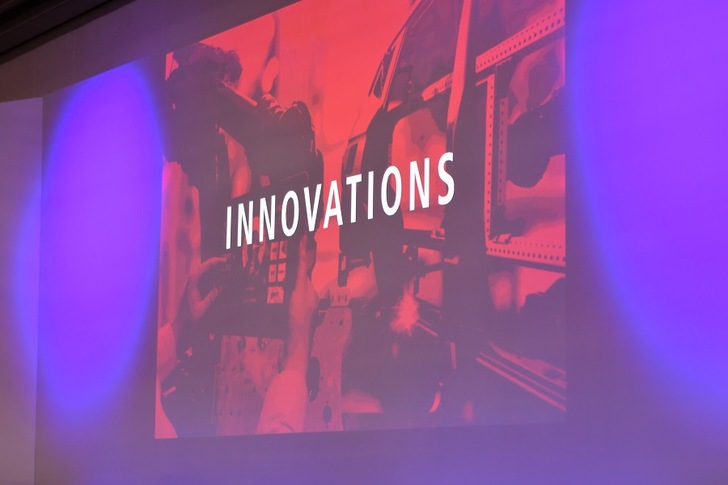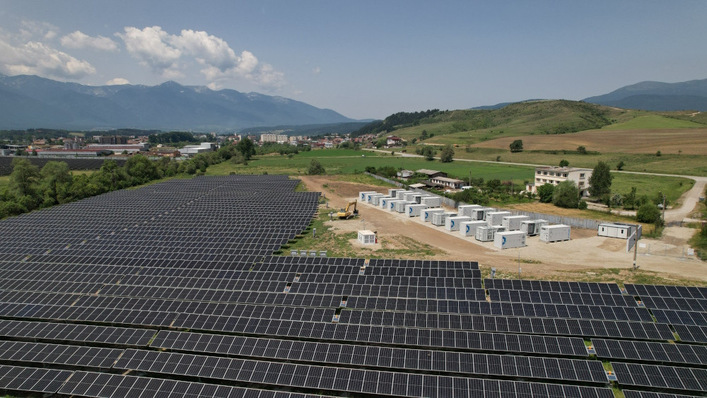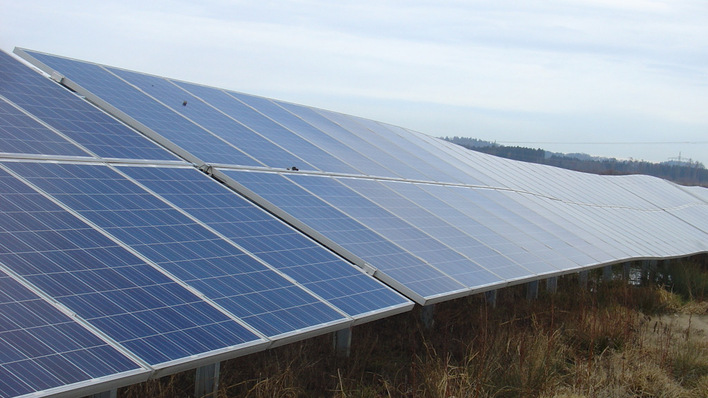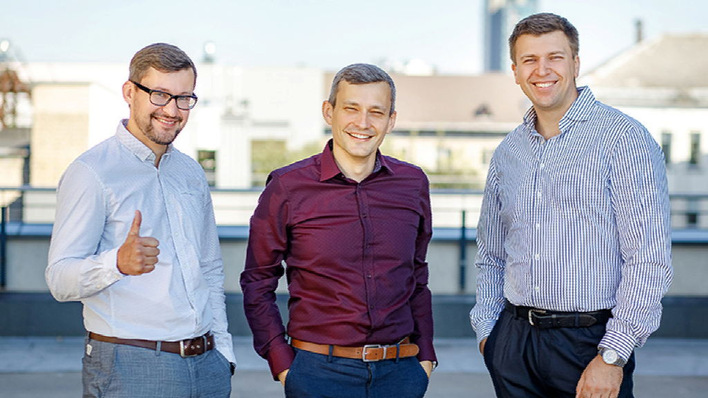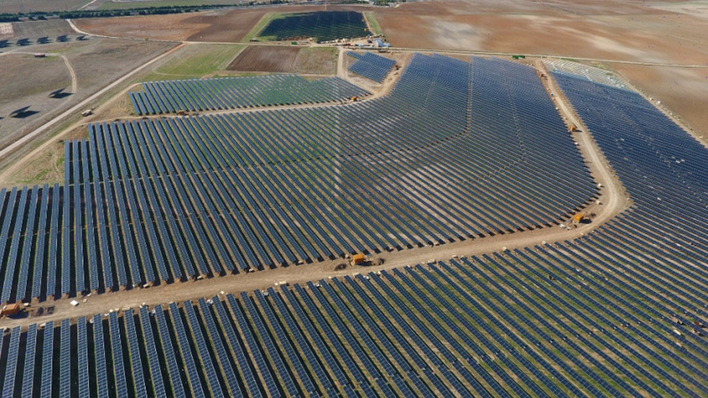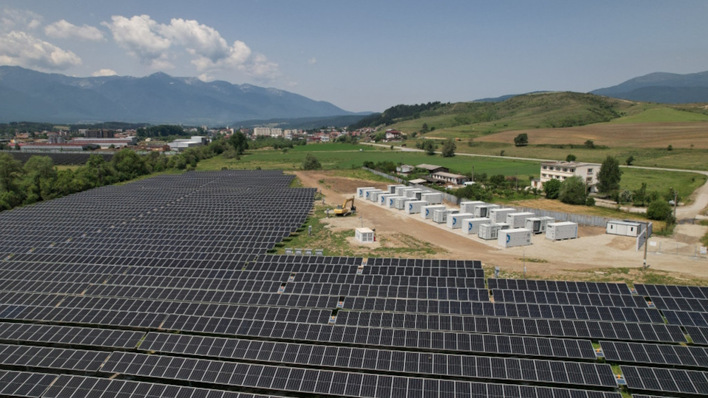Are voltage-controlled inverters already being offered, does the latest generation of wallboxes also enable the bidirectional charging of electric cars, are there business models for solar air conditioning in tropical countries, what potential does floating PV have in Germany? The spectrum of questions at the first digital Intersolar Innovation Day was diverse, the discussions and exchange lively: Be it via chat, video and audio or private messages in the various digital rooms and levels of the conference. A main stage, conference rooms for two parallel sessions, a virtual exhibition area, a business lunch chat, a general chat room and the opportunity to network and exchange directly with participants and experts via their stored profiles were available, even beyond the Intersolar Innovation Day. More than 30 companies, many of them from the inverter sector, attended the two-day online event and presented their products and latest trends. They were in dialog with several hundred participants from all over the world, including Uganda, Pakistan, Spain and the USA.
Innovating the Solar Decade
After a welcoming address by The smart e-head Horst Dufner, keynotes by two top-class experts formed the introduction to the two conference days. Michael Schmela, Executive Advisor, Head of Market Intelligence and Member of the Leadership Team of the European industry association SolarPower Europe, spanned the larger thematic arc with "Innovating the Solar Decade" on the first day of the conference. The key question was what is needed to help low-cost photovoltaics achieve a full breakthrough as a future main energy source in the 2020s. "I hope it will be a solar decade, this is not yet clear, we are only at the beginning", said Schmela.
However, he sees the rapidly falling production costs of solar power with the historic mark in 2019 as the central driver and "good news", because according to the investment bank Lazard, last year for the first time the electricity production costs of photovoltaics from large-scale plants were lower than all other types of generation, whether nuclear power, coal or combined gas and steam turbine plants (CCGT). Solar power, for example, was in the price range of 1 cent per kilowatt hour in various tenders. "It is very likely that our cost leadership will continue, simply because our learning curve is the steepest," Schmela emphasized.
Large PV battery systems competitive with gas-fired power plants in the peak load range
He is also encouraged by the fact that, due to the reduction in battery costs, large PV battery storage systems are now competitive with gas-fired power plants in the peak load range. For this reason, even in the USA, where gas is very cheap, more and more energy supply companies are investing in battery storage systems to compensate for fluctuations in the electricity grid or peak loads. For example, a utility company in Arizona ordered a 100 MW battery storage system last year to smooth the peak load of its installed PV systems. Schmela is also hopeful that in 2019, photovoltaics will account for around half of newly installed electricity generation capacity worldwide.
But still a long way for solar to be the main energy source
Nevertheless, solar power still has a long way to go before it becomes the main energy source. In 2019, photovoltaics accounted for just 2.6 percent of global electricity generation. In Europe, the PV share is about twice as high, but is still comparatively low. So there is still a high potential for photovoltaics to catch up here, Schmela said. SolarPower Europe currently expects the European PV market to slump by up to 29% this year in a medium scenario due to corona, but already from next year on a strong growth of more than 60%. Schmela expects that from 2023 onwards, new photovoltaic plants with at least 30 gigawatts (2019: 22.9 GW) will be built each year in Europe.
However, in order to achieve the climate protection goals of Paris as well as fully renewable power generation in Europe by 2040 or 2050, much more is needed, as a study by LUT University and SolarPower Europe showed this spring. To achieve this, the share of solar power would have to be at least 50% to over 60% - with an installed PV capacity of 7.7 terawatts in Europe in a medium scenario (2019: 150 GW). To achieve this, 250 GW of photovoltaics would have to be added annually over the next three decades.
Massive investments in the electrification of the infrastructure
Accordingly, massive investments in the electrification of the infrastructure (e.g. electricity grids) as well as a level playing field in the regulatory framework are necessary to enable such growth, Schmela emphasised. According to IRENA, fossil energies will receive 128 billion US dollars in 2017, 3.5 times as many subsidies as renewables. If you add to this the external costs such as air pollution or global warming, indirect subsidies of 3.1 trillion US dollars for fossil fuels and nuclear power, 19 times as much as for renewables, he said.
But innovation is indispensable in any case, Schmela stressed. He thus referred to the motto of the Intersolar Innovation Day, where companies from the fields of inverters, solar modules, mounting frames, systems, financing and wholesale were represented. Schmela presented innovations in the module, cell and wafer sectors as examples. They have become increasingly efficient over the course of the past few years.
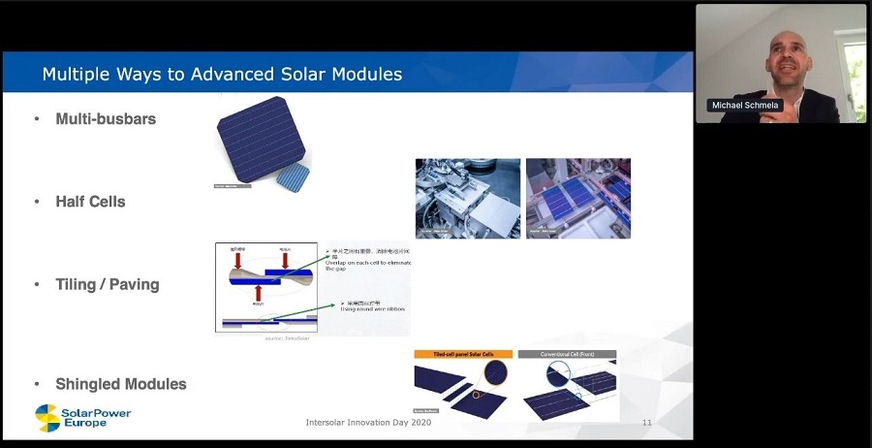
Solar Promotion
Thus, the development of solar modules went from multi-busbar technology to half-cell modules to so-called tiled (tiling), "paved" (paving) or "shingled" (shingled) modules. In line with the higher wattage of modules, which is now advancing into the 500 class, the wafer size has increased: from 156.5 millimetres five years ago to 166, 182 or even 210 millimetres. P-type PERC solar cells with an efficiency of 22 or even 23 percent are now standard, Schmela reported. He sees heterjunction technology (HTJ), tandem cells or peroskvite technology with cell efficiencies of 25, 30 or even more percent as the next step towards even greater efficiency.
Grid intelligent photovoltaics
Schmela also sees enormous innovation potential in the area of "grid-intelligent" photovoltaics, which is made possible above all by increasingly intelligent inverters. Thus, new possibilities are developing as well as - with the right political framework conditions - new business fields for grid and system services, for example through the provision of reactive power. In addition, solar power systems are increasingly opening up new fields of application such as building-integrated photovoltaics (BIPV), driven by cost reduction, technical optimisation and also political requirements.
Smart combination of system solutions
This is where David Wedepohl, Managing Director International Affairs at the German Solar Industry Association (BSW-Solar), started off the second day of the conference on 16 July with his keynote speech "The Smart Combination of System Solutions". He sees enormous future opportunities for photovoltaics, especially in the water sector, also in combination with wind power. This could be in the use of water surfaces through floating PV or floating wind, or in a wide variety of applications involving water desalination and treatment, as well as irrigation for agriculture and a replacement of diesel generators, which are still widely used today.
Megatrend: PV and water
"We are currently seeing a strong trend towards photovoltaics becoming increasingly popular for applications in the water sector," Wedepohl emphasised. He also sees interesting new applications and business areas for photovoltaics in more sustainable shrimp farms, with solar power generation for water pumps or water treatment, for example, and the supply of surplus solar power to the local population. Solar-powered ice machines could be interesting for local fishermen, for example in Indonesia, Wedepohl emphasised. With the ice blocks produced with the help of solar power, they can cool the freshly caught fish on their boats and keep them fresh. Wedepohl calculated that the production of 1 ton of ice with solar power is 30 percent cheaper than with the diesel generators that are still commonly used.
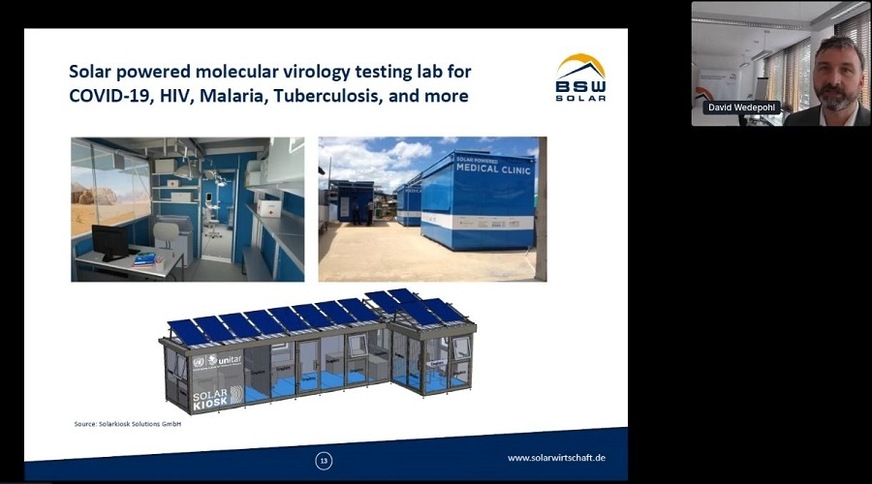
Solar Promotion
Wedepohl also sees interesting new system application possibilities for photovoltaics in hydrogen electrolysis, bidirectional charging of electric cars for grid stabilisation or mobile solar "kiosks" with Internet access for off-grid areas or mobile medical stations or test laboratories for COVID-19, HIV, malaria or tuberculosis. "We have to think outside the box" was his message to the solar community at the conference. In any case, his presentation was followed by a lively discussion, which made it clear how important increasingly intelligent inverters are for controlling the various photovoltaic applications. (hcn)


